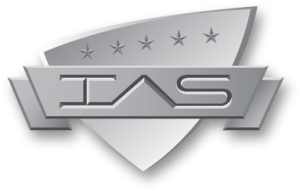1919 G Viola
·
took 10 measurements of the body and compared
the individual to a group average
·
he differentiated 3 body types
1925 E Kretschmer
–
·
described 3 body types and linked them to
psychiatric problems
o
Pyknic - broad, fat, round and sturdy, often
become manic depressives
o
Leptosomic - long and thin,slender limbs,anaemic
personality.
o
Athletic - large and muscular thorax and
shoulders, often are schizophrenic
His work became disused as it assumes 3 discrete types when
in reality he had defined 3 extremes of groups
1940 Sheldon –
tried to link body
type to personality and disease.
·
Extreme Endomorphy
o
spherical body,
o
weak and fatty arms and thighs.
o
Slim wrists and ankles.
o
The thoracic and pelvic part of the skeleton is
greater in the anteroposterior than in the transverse direction.
o
The word endomorphy is derived from endoderm,
the embryonic layer from which the digestive system develops.
o
Susceptible to depression and diabetes.
·
Extreme Mesomorphy
o
Ex: The classical Hercules.
o
Broad
shoulders and chest.
o
Muscled
arms and legs.
o
The word mesomorphy is derived from mesoderm,
the embryonic layer from which the muscle and bone develops.
o
Susceptible to paranoia, hysteria and coronary
heart disease.
·
Extreme Ectomorphy –
o
A Linear
man, spindly limbs.
o
Narrow chest and abdomen.
o
Little muscle and little fat.
o
ectomorphy is derived from ectoderm, the
embryonic layer from which the skin and nervous system develops.
o
Susceptible to anxiety, schizophrenia and
pulmonary tuberculosis.
This technique was based on assessment of each component by
visual observation of photographs.
Each component is rated on a scale of 1 - 7 and this is used
to give a 3 digit somatotype.
most common somatotypes are 344, 433 or 352
He stated that not all parts of the body will show the same
characteristics, this difference is called dysplasia
This method is no-longer used as the use of photographs to
evaluate somatotype is too subjective
1968 Heath &
Carter
·
Built on sheldon’s model
·
idea of endomorphy, mesomorphy and ectomorphy is
retained
·
included anthropometric procedures along with
photographic analysis to estimate the "present morphological
configuration."
·
This is the method most commonly used today
·
They developed the Heath-Carter chart, used to determine somatotype given the anthropometric
data.
